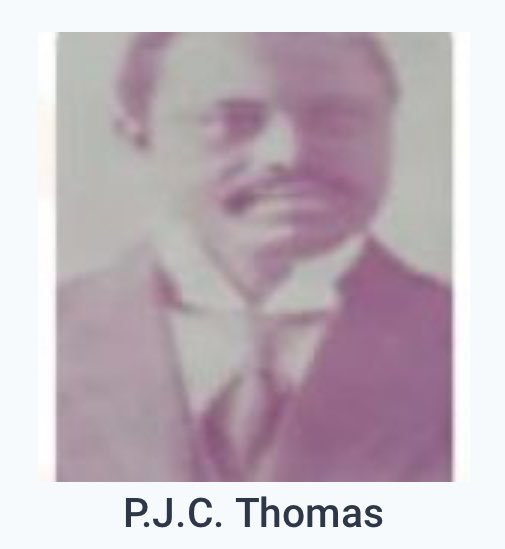Yoruba Sango Priest’s Costume with Leather & Mirrors, circa 1850
length: 96.5cm, width: 54.5cm (approximately.)
This splendid & well preserved tunic was worn by a Shango priest.
Sango devotion is a very important part of traditional Yoruba spiritual tradition.
length: 96.5cm, width: 54.5cm (approximately.)
This splendid & well preserved tunic was worn by a Shango priest.
Sango devotion is a very important part of traditional Yoruba spiritual tradition.

The double-sided tunic is of deep-red cotton cloth over-sewn with goat-leather panels in columns of double zig-zags & yellow cotton also in zig-zags.
The top panels are of unembellished goat leather, with shoulder pads on either side.
Each shoulder has a glass mirror insert.
The top panels are of unembellished goat leather, with shoulder pads on either side.
Each shoulder has a glass mirror insert.

Traditionally, red dye was obtained from bulrush millet and green was from copper and lime juice. Red is a colour that signifies the destructive rage of Sango in his role as the thunder deity.
The tunic is trimmed with printed cotton cloth & the interior is lined with hessian.
The tunic is trimmed with printed cotton cloth & the interior is lined with hessian.

All the stitching is by hand.
The Zig-zag patterns evoke lightning and thunder (Richer & Joubert, 2018, p. 148).
Sango was the 4th Alaafin of Oyo Empire.
He defeated the rivalrous Dahomey Kingdom. His army was famed for its skilful cavalry on the battlefield.
The Zig-zag patterns evoke lightning and thunder (Richer & Joubert, 2018, p. 148).
Sango was the 4th Alaafin of Oyo Empire.
He defeated the rivalrous Dahomey Kingdom. His army was famed for its skilful cavalry on the battlefield.

However, Shango was also renowned for his unpredictable use of power, and his obsession with magic which often involved invoking thunder. He reigned for only 7 years.
A version of his story say his capital city Oyo-Ile and the royal family were destroyed by severe thunderstorms.
A version of his story say his capital city Oyo-Ile and the royal family were destroyed by severe thunderstorms.

Apparently this was brought about by his misuse of magical powers!
He was devastated by the destruction of his family and his consequent humiliation by his chiefs. He left Oyo and committed suicide in Koso.
However, thunderstorms continued to strike the Oyo Empire.
He was devastated by the destruction of his family and his consequent humiliation by his chiefs. He left Oyo and committed suicide in Koso.
However, thunderstorms continued to strike the Oyo Empire.
His chiefs built shrines and deified Sango to appease the thunderstorms.
The shrines were richly adorned with carved wooden effigies.
A festival for Shango is still held once a year in Oyo. During the festival, devotees would dance to the thunderous rhythms of bata drums.

The shrines were richly adorned with carved wooden effigies.
A festival for Shango is still held once a year in Oyo. During the festival, devotees would dance to the thunderous rhythms of bata drums.


They’d dance with dance wands waved vigorously with violent & threatening gestures to imitate the dangerous powers of Sango: unpredictable, violent, creative & destructive – all at the same time.
The ritual would reach a climax when one of the devotees became possessed by Sango.



The ritual would reach a climax when one of the devotees became possessed by Sango.




The style, provenance & patina of the tunic suggest a dating of circa 1850.
It is in a very good, stable condition. There are minor holes to the upper leather sections but these are relatively insignificant given the age & rarity of the costume.
It is in a very good, stable condition. There are minor holes to the upper leather sections but these are relatively insignificant given the age & rarity of the costume.

Overall, the costume has a wonderful patina and an aura of substantial age and wear from ritual use.
Photos of the tunic belong to Michael Backman Ltd. We do not have information on the source of other photos.
Photos of the tunic belong to Michael Backman Ltd. We do not have information on the source of other photos.
• • •
Missing some Tweet in this thread? You can try to
force a refresh





















